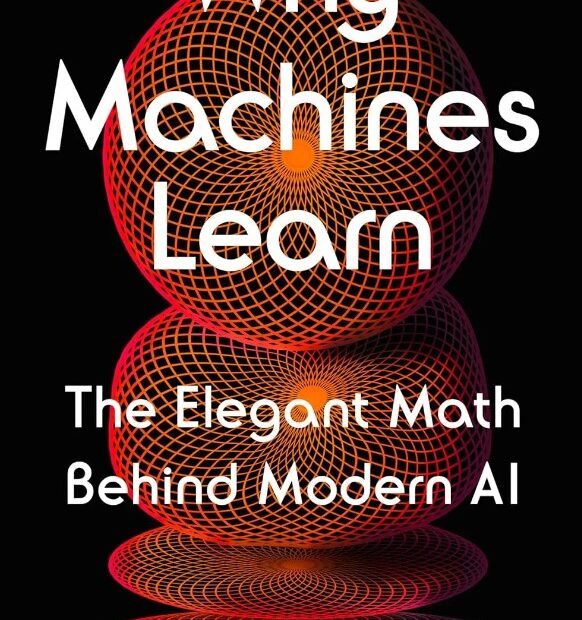In a recent interview, science writer Anil Ananthaswamy delved into the intricate world of artificial intelligence (AI), shedding light on the mathematical foundations of this rapidly evolving field.
Ananthaswamy, author of “Why Machines Learn: The Elegant Math Behind Modern AI,” emphasized the fundamental shift from traditional programming to machine learning. While conventional software operates on explicit instructions, AI systems learn patterns from data, enabling them to make predictions and decisions. This paradigm shift, he explained, is rooted in elegant mathematical concepts, such as linear algebra, calculus, and probability theory.
However, Ananthaswamy cautions against oversimplifying AI’s capabilities. While impressive feats have been achieved, such as image recognition and natural language processing, current AI systems often lack true understanding. “These systems are adept at finding patterns in data, but they struggle with reasoning and generalization,” he noted.
The energy consumption of training large language models is another pressing concern. Ananthaswamy highlighted the need for more efficient algorithms and hardware to address this issue. He also discussed the potential of neuromorphic computing, inspired by the human brain, as a promising avenue for energy-efficient AI.
Looking ahead, Ananthaswamy believes that incorporating more complex mathematical tools, like topology and graph theory, could lead to significant breakthroughs in AI. By understanding the underlying structure of data, researchers can develop more sophisticated models capable of tackling complex problems.
As AI continues to reshape our world, Ananthaswamy’s insights offer valuable perspectives on the technology’s potential and limitations. His emphasis on the mathematical underpinnings of AI underscores the importance of interdisciplinary collaboration between computer scientists, mathematicians, and other experts.
Anil Ananthaswamy’s book, Why Machines Learn: The Elegant Math Behind Modern AI, came out on July 16, 2024
